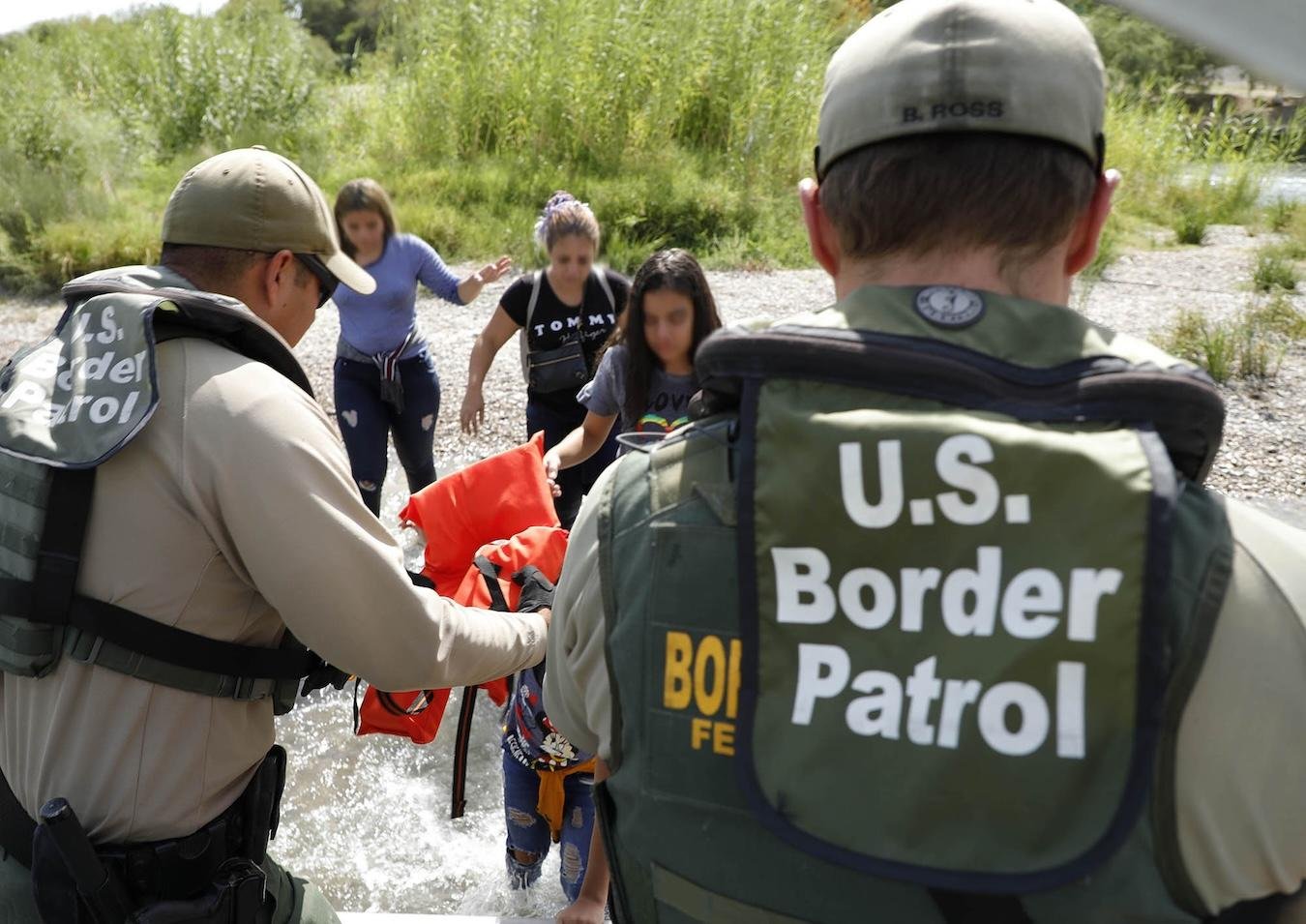border
Snapshots from the Borderlands: A Glimpse into the Second Trump Era

CIUDAD JUÁREZ, Mexico — In November, Pastor Rosalío Sosa navigated a rural route near Mexican Federal Highway 2, searching for a soccer match in Victoria Guadalupe. As he approached the small town, the illuminated bullet holes on the sign painted a stark picture of the area’s challenges.
With a lack of clear direction, Sosa admitted, “We’re going to have to ask someone.” He inquired with locals, ultimately receiving guidance from a store clerk who paused from weighing eggs to assist him. Sosa, a Baptist pastor at the Iglesia Bautista Tierra de Oro in El Paso, Texas, oversees a network of 20 migrant shelters in El Paso and Chihuahua state. His shelter in nearby Modelo, operational for a year and a half, provides refuge in an area rife with agricultural activity and cartel violence.
On Election Day in the U.S., two teams of girls competed on the field, one of them composed of migrants residing at Sosa’s shelter. For him, the match represented a temporary relief from harsh realities. He reflected, “I’ve had people here who have seen their children get murdered in front of them.” The region is recognized as a hotspot for human trafficking.
In 2022, violence touched one of Sosa’s shelters when armed assailants attempted to kidnap migrants, though they were ultimately unsuccessful. The robbers did steal vital possessions, including cash and cell phones, crucial for those seeking asylum. Migrants rely on the CBP One app to navigate their asylum requests across eight U.S. ports of entry, but lengthy wait times create a frustrating bottleneck. A May report from Human Rights Watch highlighted how such apps can exacerbate vulnerabilities for migrants, making them easier targets for cartels.
The impending return of Donald Trump to the political scene raises concerns among migrants. Human rights organizations predict the potential elimination of the CBP One app under his administration. During his first term, Trump employed Title 42 to expel many migrants and suspended new asylum claims. Observers fear that a second Trump presidency would lead to intensified deportations.
During the soccer match, focus shifted from U.S. electoral news as spectators cheered on family members. Janette, a 24-year-old who had been at the shelter with her cousin for a week, expressed optimism. “The game is something positive for everyone,” she said, emphasizing the importance of normalcy amidst turmoil. The Modelo team ultimately claimed victory with a 6-4 scoreline.
Meanwhile, in the shelter, the atmosphere changed as election results came in. Delfino Ponce, a Mexican migrant, reflected on his 10-month stay with his family, expressing impatience about securing his CBP One appointment. “If I don’t get my appointment soon, I’ll have to go back to my town,” he lamented.
Sosa gathered the migrants for a prayer, urging them to overcome their fears. “Fear is the only thing that inhibits you from being who you are,” he reassured them. The following morning, as migrants began their day, Trump’s victory over Vice President Kamala Harris became increasingly apparent, leaving many anxious about the future.
Sosa continued to provide encouragement, assuring them that Trump “can’t do anything to you that’s worse than anything you’ve been through before.” Nonetheless, the omnipresent concern lingered — for many, the hope of reaching the U.S. felt as fragile as ever.
In front of the Tierra de Oro shelter, a surveillance tower stands as part of a broader installation in Chihuahua state. This Centinela Platform aims to incorporate over 10,000 surveillance cameras and drones for enhanced monitoring. Critics argue that such technology, heralded for its effectiveness, has yet to yield the promised crime reductions.
Dave Maass, an investigator with the Electronic Frontier Foundation, challenged the efficacy of high-tech border enforcement. “This type of surveillance doesn’t deliver as promised and is pretty faulty and wasteful,” he stated. The collaboration between Texas and Chihuahua in implementing these measures raises concerns about the appropriate reach of state power.
Chihuahua’s surveillance project is heavily tied to lucrative contracts with private security firms, such as Seguritech, which has profited significantly from government contracts over the years. This focus on technology has often overshadowed the pressing humanitarian concerns surrounding migration.
In Ciudad Juárez, Hotel Ursula has become a refuge for many migrants despite its tumultuous history. Some have faced violence there, with a recent stabbing underscoring the risks of living in such precarious spaces. With minimal resources, migrants rely on the hotel while awaiting their immigration appointments, bearing the weight of uncertainty.
As Trump contemplates his immigration strategy, migrants hold their breath. “I want to go to the other side to look for more opportunities,” expressed William Carbajar, a Colombian teenager caught in a cycle of waiting. “All I do here is wait for my appointment.” Cecilia Sánchez echoed the sentiment, retaining faith despite the perilous journey she had undertaken from Ecuador.
Amidst these struggles, symbolic breadcrumbs litter the highways around Modelo, hinting at a crossing point for coyotes. Migrants navigate a perilous landscape, paying steep fees for routes north while contending with risks inherent in their pursuit of a better life.
Trump’s rhetoric has painted their paths with complications: proposed national emergencies and mass deportations loom over their aspirations. With each declaration, the already treacherous journey toward asylum appears even more daunting.
However, despite these obstacles, the message remains clear: migration is driven by survival. The story of these countless individuals is woven through the fabric of their challenges and resilience, underscoring a broader narrative of human tenacity.

















